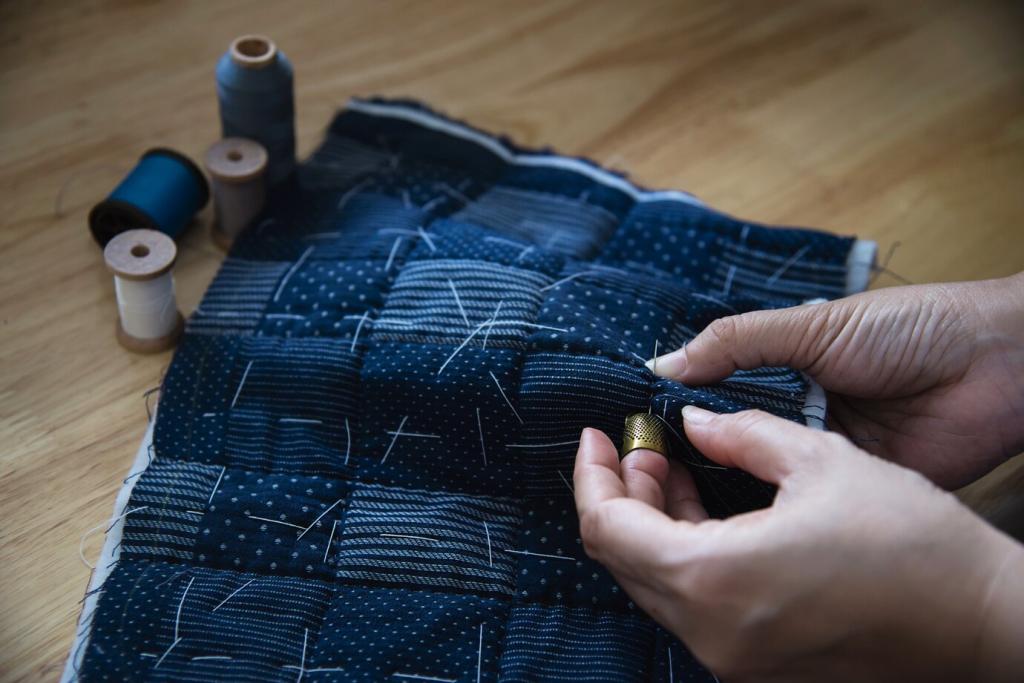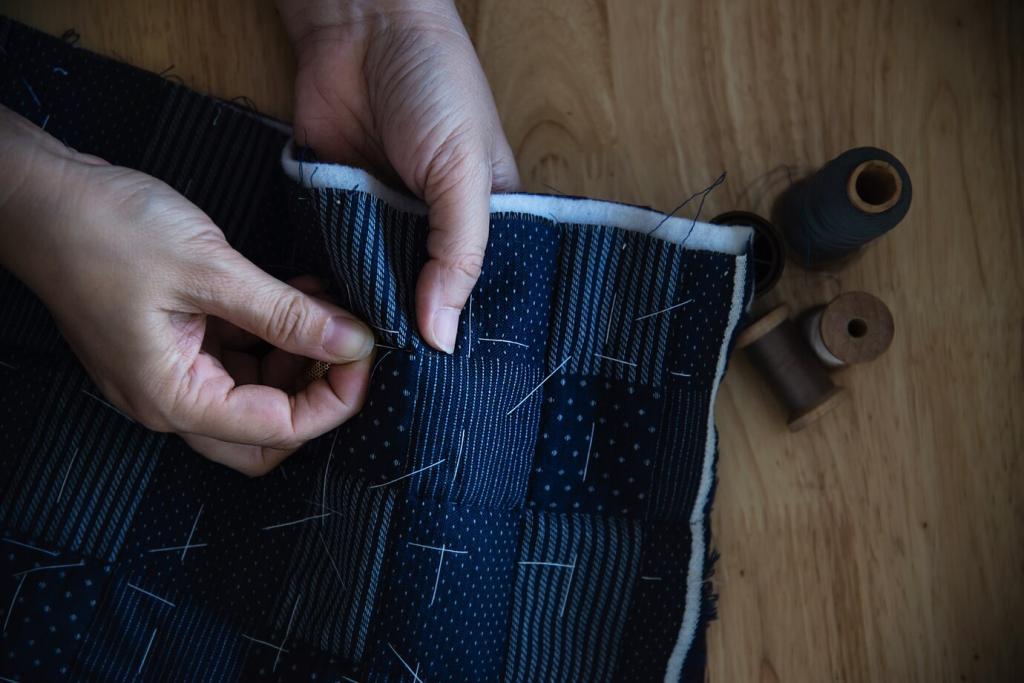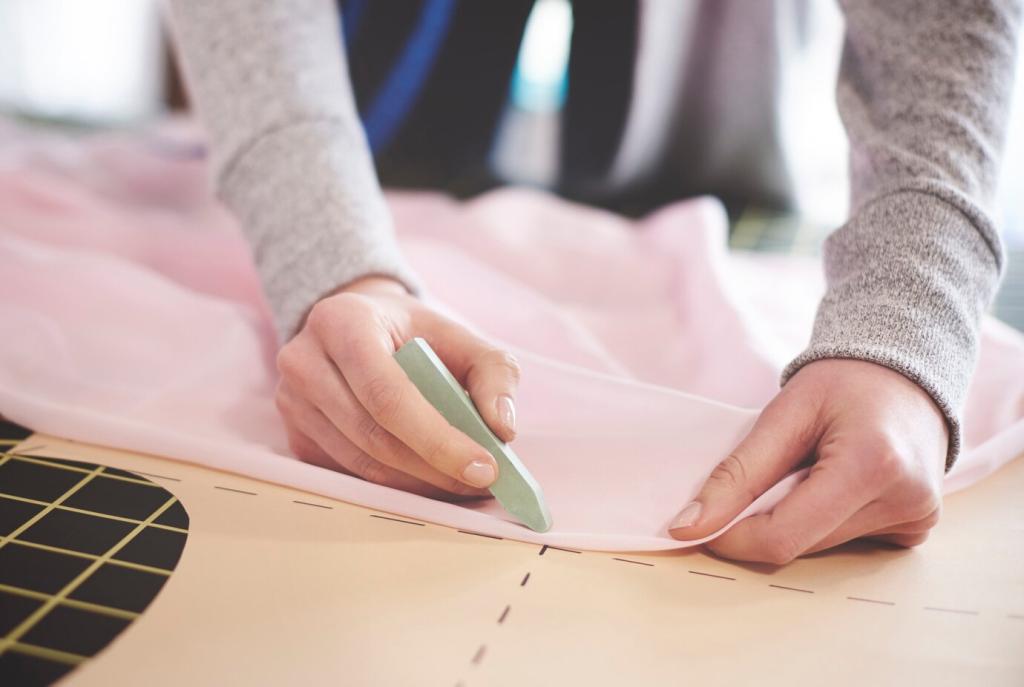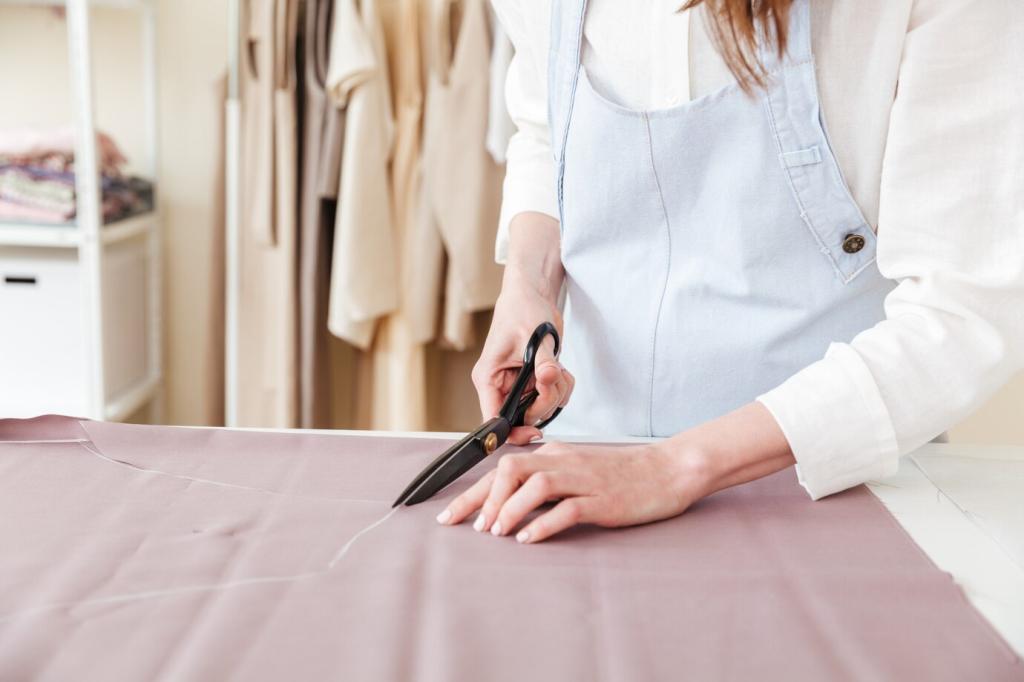
Decode Upholstery Care Tags with Confidence
Selected theme: Interpreting Upholstery Care Tags. Those tiny labels make big decisions simple. Learn to translate letters and symbols into safe, smart cleaning moves, protect your favorite fabrics, and share your decoding wins. Subscribe for practical tips and real stories.



W, S, WS, and X — The Core Codes
W means water-based cleaning only. S means solvent-based products only. WS allows both, with gentle methods. X means vacuum or brush only, no liquids. When uncertain, patch test in a hidden spot before cleaning everything.
Temperature, Cycles, and Drying Pictograms
Some upholstery tags include icons suggesting cool water, gentle agitation, or air-drying only. Read them as strict guidance, not hints. Skip heat with S codes, avoid steam unless explicitly allowed, and always prioritize ventilation during drying.
Colorfastness, Bleach, and pH Notes
Triangles and lines often warn against bleach, especially chlorine. Neutral pH cleaners are safest for delicate dyes. If a tag mentions colorfastness, still test along a seam first, watching for transfer on a clean white cloth.

Natural Fibers: Cotton, Linen, Wool
Cotton often tolerates W methods but can water-ring if over-wetted. Linen may show tide marks, nudging tags toward S. Wool is sensitive to agitation and heat, so gentle handling and careful blotting are your best friends.
Synthetic Champions: Polyester, Acrylic, Nylon
Synthetics usually forgive mild water-based cleaning, often earning W or WS. However, some finishes soften with harsh solvents. Read your tag carefully, apply minimal moisture, and avoid scrubbing that can distort the weave or create shine.
Blends and Performance Textiles
Blends and performance fabrics can resist stains yet still demand precise care. Even when marketed as easy-clean, the tag rules. Expect WS or W, gentle agitation, and thorough blotting. Always confirm manufacturer guidance for specialized finishes.
Real-World Decoding at Home
Vacuum first to remove dry soil. Using a dedicated upholstery solvent, lightly dampen a white cloth, then lift soil with short, outward strokes. Work in ventilation, avoid overuse, and comment with your results to help fellow readers.

Solvent Arsenal for S Codes
Choose a reputable, low-odor upholstery solvent designed for home use. Apply sparingly, use white towels, and ventilate well. Wear gloves, avoid open flames, and never saturate cushions. Tell us your favorite safe solvent techniques below.
Gentle Water-Based Kit for W Codes
Stock distilled water, pH-neutral upholstery shampoo, a soft brush, microfiber towels, and a spray bottle. Lightly mist, blot patiently, and extract moisture quickly. Avoid dyed cloths that transfer color. Fans and airflow prevent rings and musty smells.
X Code Essentials: Dry Maintenance Only
For X tags, stick to vacuuming with a soft brush tool, gentle grooming with a horsehair brush, and careful lint rolling. A light baking-soda sprinkle may help odors, but test first and vacuum thoroughly to keep residues away.
Mistakes to Avoid While Interpreting Tags

Too much liquid pulls hidden soil upward, creating halos after drying. Use minimal moisture, blot instead of scrub, and speed evaporation with air movement. Dehumidifiers and fans reduce wicking and keep cushions from smelling musty.
Build Your Personal Upholstery Tag Playbook
Make a Quick Reference Translation
Draft a one-page code guide—W, S, WS, X—with approved methods and favorite products. Keep it on your phone or fridge. Want our template? Subscribe and comment, and we’ll send the downloadable version straight to your inbox.

Join our mailing list
